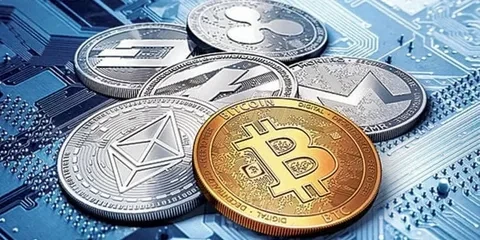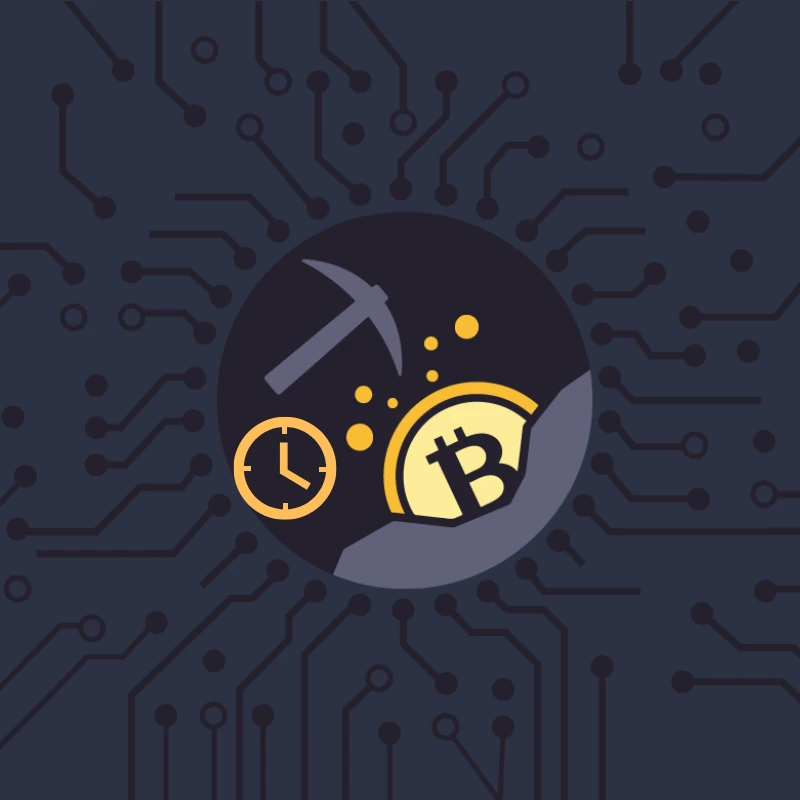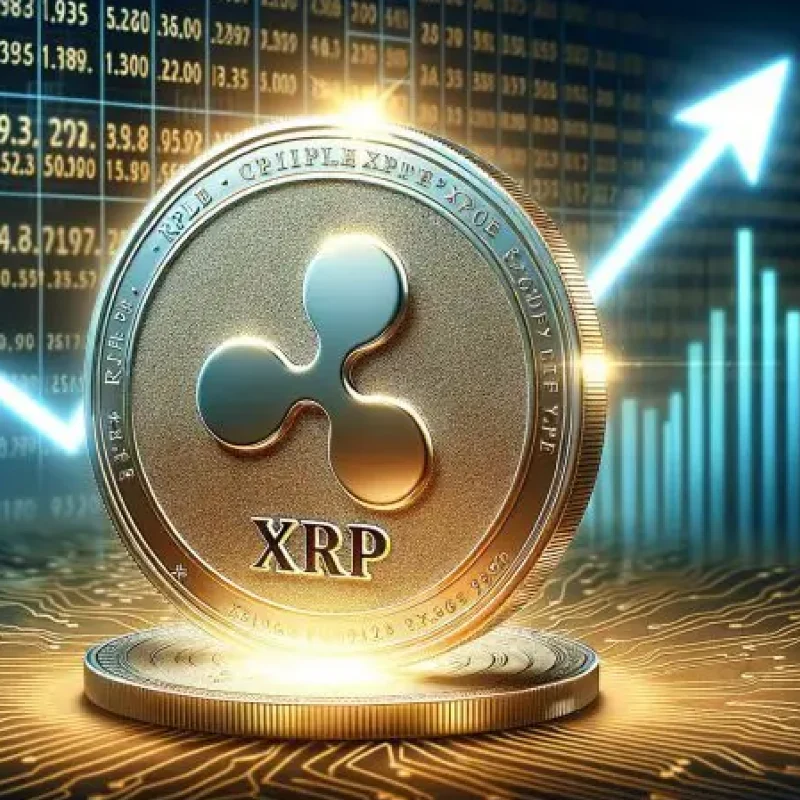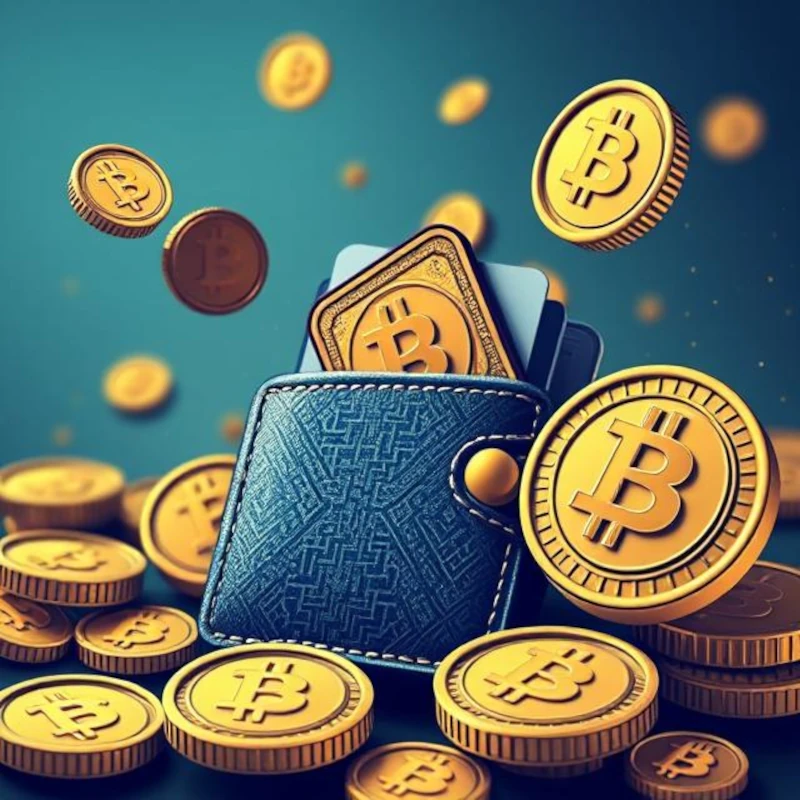How many satoshis in a bitcoin?


Bitcoin is generally associated with a single coin or enormous sums of money. But did you know you may possess a small Bitcoin fraction?
Like a dollar can be split into 100 cents, a Bitcoin is broken down into Satoshis to make it simpler to manage and utilize.
As you learn about satoshis, it’s also useful to explore what crypto mining requires, especially in terms of RAM.
This article explains how many satoshis a Bitcoin has and why this split is significant.Knowing how many satoshis are in a bitcoin can help you grasp Bitcoin confidently, whether you’re new to cryptocurrencies or a seasoned trader.
The Creation of Bitcoin
A mysterious Satoshi Nakamoto invented Bitcoin in 2008.
Bitcoin was proposed in a whitepaper called “Bitcoin: A Peer-to-Peer Electronic Cash System.” Blockchain technology would secure and prevent double-spending.
The Bitcoin network began with the “genesis block,” mined in January 2009.
What's Satoshi?
Bitcoin’s smallest unit is a Satoshi, like a dollar’s cent. Bitcoin has 100 million Satoshis.
This divide simplifies Bitcoin trading and routine usage of smaller quantities. The moniker “Satoshi” honors Bitcoin’s enigmatic founder, Satoshi Nakamoto.
“Satoshi” Origin
The word “Satoshi” honors Bitcoin founder Satoshi Nakamoto. As Bitcoin gained popularity and its value rose, the community recognized it required smaller units to make it more feasible for smaller purchases.
Since 2010, the lowest fraction of a Bitcoin has been called a “Satoshi,” like other currencies.
Bitcoin's Development by Satoshi Nakamoto
Whoever created Bitcoin goes by Satoshi Nakamoto. Nakamoto composed the first Bitcoin whitepaper, developed the early Bitcoin software, and mined the first Bitcoins.
Nakamoto’s identity remains unknown despite its importance. They participated in Bitcoin’s early forums and spoke with developers but vanished in 2011. Satoshi Nakamoto’s identity is unknown, yet their contributions transformed finance.
Key takeaway
Bitcoin has 100 million Satoshis.
Like dollars and cents, Bitcoin may be divided into Satoshis, the smallest unit.
Bits of Bitcoin, like Satoshis, may be bought or sent.
Satoshis simplifies simple transactions without Bitcoins.
Bitcoin users and investors must understand the Satoshi division.
“One Bitcoin is 100 million Satoshis—the smallest unit of Bitcoin.”
What’s Bitcoin?
Bitcoin runs on a decentralized network, unlike banks or governments.
The peer-to-peer technology lets users send and receive money without middlemen. Blockchain technology, a transparent and secure network of computers that records all transactions, distinguishes Bitcoin.
Miners and network members verify these transactions by “mining.”
Bitcoin has received worldwide interest as a store of wealth and inflation hedge since it is not regulated by any entity. Bitcoins are rare—only 21 million will ever be made.
The Exact Bitcoin-Satoshi Conversion

Understanding Bitcoin’s smallest unit, a “Satoshi,” is crucial. Satoshis, like cents, is the lowest unit of Bitcoin that may be handled on the blockchain.
Simply put:
One Bitcoin equals 100,000,000 Satoshis
Bitcoins may be split into 100 million Satoshis. When someone talks about purchasing Bitcoin in fractions, they probably mean Satoshis. For routine Bitcoin transactions requiring lesser amounts, this conversion is crucial.
Satoshis for Smaller Transactions: Why?
Using Satoshis (the lowest unit of Bitcoin) for minor transactions offers various benefits, mainly since Bitcoin’s value has climbed, making direct Bitcoin payments difficult for lower amounts:
- Smaller Payments: A Satoshi is 1/100,000,000 of a Bitcoin, making it excellent for little payments. As Bitcoin’s value climbs, employing Satoshis enables exact, smaller payments, which would be challenging to execute with full Bitcoins.
- Very Small Transactions and Tipping: Satoshis may be used to tip online producers, purchase digital goods, and buy in-game stuff. This also allows pay-as-you-go or usage-based payments.
The Lightning Network has lower costs than Bitcoin’s standard transactions for sending Satoshis. It’s useful for modest transfers without large charges.
Like Bitcoin, Satoshis may be transmitted internationally immediately without intermediaries. Satoshis allows minor international payments without exchange rates or fees.
Satoshis makes Bitcoin simpler to use for everyday transactions, bridging the gap between a store of value and a payment method. Bitcoin is more helpful in daily life since it works for smaller purchases.
Satoshi Transactions in Practice
Looking ahead, analysts are optimistic about XRP’s potential price growth. If the current rally continues, XRP could reach the $1.50 to $2.00 range by the end of 2025. Several factors support this prediction:
- Regulatory Clarity: With leadership changes at the SEC, the industry expects a more crypto-friendly regulatory environment.
- Institutional Interest: Financial institutions continue to explore the use of XRP for cross-border payments, increasing demand for the asset.
- New Investment Products: The introduction of investment products such as the WisdomTree Physical XRP ETP provides investors with secure and low-cost exposure to XRP.
Bitcoin-Satoshi Conversion Calculators
Online calculators and tools make Bitcoin-to-Satoshi conversion easy.
Simply input the Bitcoin amount to convert, and the tool will immediately display the Satoshi equivalent.
Examples:
- Websites like CoinMarketCap and CoinGecko feature areas to convert Bitcoin to Satoshis instantly. These tools are easy to use and typically provide live pricing updates.
For mobile users, Blockfolio and Coin Stats provide conversion calculators, portfolio monitoring, and price notifications. These programs make rapid conversions easy for traders.
- Browser Extensions: CoinPriceConverter lets you convert Bitcoin to Satoshi without leaving your browser. They work well for regular users since they integrate into your browser.
Binance and Coinbase feature built-in converting facilities in their trading platforms. Satoshi equivalents are calculated automatically during transactions.
Bitcoin to Satoshi Converters Online
There are several free Bitcoin-to-Satoshi converters online. Popular ones include:
- CoinMarketCap’s Converter: A simple tool for converting Bitcoin into Satoshis.
Other tools that convert in a few clicks include BTC to SAT Calculator.
- Coindesk Converter: This crypto-famous utility converts Bitcoin into Satoshis quickly.
Enter the amount of Bitcoin on these websites to view the equivalent in Satoshis instantaneously.
Tips for Manual Calculation from Bitcoin Satoshi
It’s easy to compute the conversion manually. How to do it:
The conversion rate is 1 BTC = 100,000,000 Satoshis.
To get Satoshis from Bitcoin, multiply your Bitcoin by 100,000,000. Multiply 0.05 BTC by 100,000,000 to obtain 5,000,000 Satoshis.
To convert Satoshis to Bitcoin, divide by 100,000,000. For instance, 1,000,000 Satoshis/100,000,000 = 0.01 BTC.
When dealing with huge numbers, write down placeholders to avoid zero-number errors. To guarantee accuracy, multiply 0.0123 BTC by 1,000, then 100,000 before multiplying by 100,000,000.
Rounding: Micropayments may need rounding to the nearest Satoshi, even if Bitcoin transactions enable very granular quantities. Round accurately to prevent transfer issues.
Without an internet calculator, you can convert Bitcoin to Satoshis using these easy steps.
Bitcoin Fractional Ownership
Satoshis also allows fractional Bitcoin ownership.
As Bitcoin prices grow and many cannot afford a full Bitcoin, this is crucial.
Satoshis Lower Investor Barriers
Satoshis decreases entrance barriers for new investors by letting them acquire and keep a portion of Bitcoin. This fractional ownership allows everyone to invest a few dollars in Bitcoin.
Satoshis lets users make tiny payments and participate in the Bitcoin ecosystem without buying a full Bitcoin, which helps Bitcoin expand and become more accessible.
Global Currency Comparisons: Satoshis and Bitcoin

Bitcoin is a worldwide digital currency, but comprehending its smallest unit—the Satoshi—is crucial to appreciating its worth in daily life.
A satoshi is 0.00000001 BTC, the lowest fraction of Bitcoin. Breaking Bitcoin down into satoshis makes it easy to compare to fiat currencies like the USD, EUR, and GBP.
This section compares satoshis to fiat currencies and discusses their worldwide application.
Traditional Fiat vs. Satoshi
Satoshis, a fraction of Bitcoin, work like cents or pence in fiat currencies. Bitcoins are made out of 100 million satoshis, like dollars and pounds.
Bitcoin’s price fluctuates, so a satoshi’s value changes more often than fiat currencies.
Bitcoin and satoshis are globally portable and usable, however they are volatile compared to stable fiat currencies. Therefore, satoshis’ value relative to fiat currencies like the USD or EUR might fluctuate depending on market circumstances.
How Many Satoshis Are 1 USD, EUR, GBP, etc.?
Bitcoin’s price determines how many satoshis equals 1 USD, EUR, or GBP. The formula for this today is simple:
Divide 1 USD, EUR, or GBP by the current Bitcoin price and multiply by 100,000,000.
Suppose one Bitcoin is 30,000 USD:
USD = (1/30,000) * 100,000,000 = 3,333 sa oshis.
Simply substitute the euro, pound, or any fiat money for Bitcoin to do a comparable computation.
Bitcoin’s price fluctuates, so 1 USD, EUR, or GBP gets you a different amount of satoshis. Tracking these conversions may assist with Bitcoin microtransactions and overseas payments.
International Use of Satoshi
As Bitcoin becomes more extensively recognized in foreign markets, the usage of satoshis is expanding, particularly for smaller transactions.
For instance, consumers may use satoshis to make micropayments, purchase products and services online, or move cash across borders for a fraction of the cost imposed by conventional banking institutions.
In overseas markets, satoshis are especially valuable in locations where access to regular banking is restricted.
Bitcoin allows people to make and receive payments without exchange costs or delays.
Bitcoin is a better store of value for nations with unstable domestic currencies due to its decentralization.
To make satoshis more realistic for regular transactions, systems are being built to let consumers pay for groceries and internet subscriptions with minuscule fractions of Bitcoin.
Bitcoin usage may boost satoshis’ significance in connecting digital currencies to the global economy.
Conclusion
Anyone interested in cryptocurrencies must know how many satoshis a Bitcoin has. Bitcoin permits modest, accurate transactions since one bitcoin is 100 million satoshis.
As Bitcoin grows in popularity, understanding satoshis might help you trade crypto. Understanding Bitcoin requires this information, whether you’re investing, trading, or learning.
FAQS
1. What's Satoshi?
The smallest Bitcoin unit is a Satoshi, named after its inventor, Satoshi Nakamoto. 0.00000001 BTC is one hundred millionth of a Bitcoin.
2. One Bitcoin has how many Satoshis?
One Bitcoin has 100,000,000 Satoshis. This allows Bitcoin to be broken into smaller pieces for modest transactions.
3. Satoshis matters for Bitcoin transactions. Why?
Satoshis lets Bitcoin be used for tiny payments even as its price grows. You can transmit fractions of a Bitcoin for a few dollars using Satoshis in 2024, even if Bitcoin is worth over $25,000.
4. Would $1 buy me how many Satoshis?
If Bitcoin costs $30,000, $1 buys 3,333 Satoshis. The number fluctuates with Bitcoin’s market price.
5. Does Satoshi's use affect Bitcoin acceptance?
Satoshis simplifies Bitcoin for everyday users. Bitcoin has approximately 420 million wallet holders as of 2024, many of which utilize Satoshis for tipping, micropayments, and remittances.











